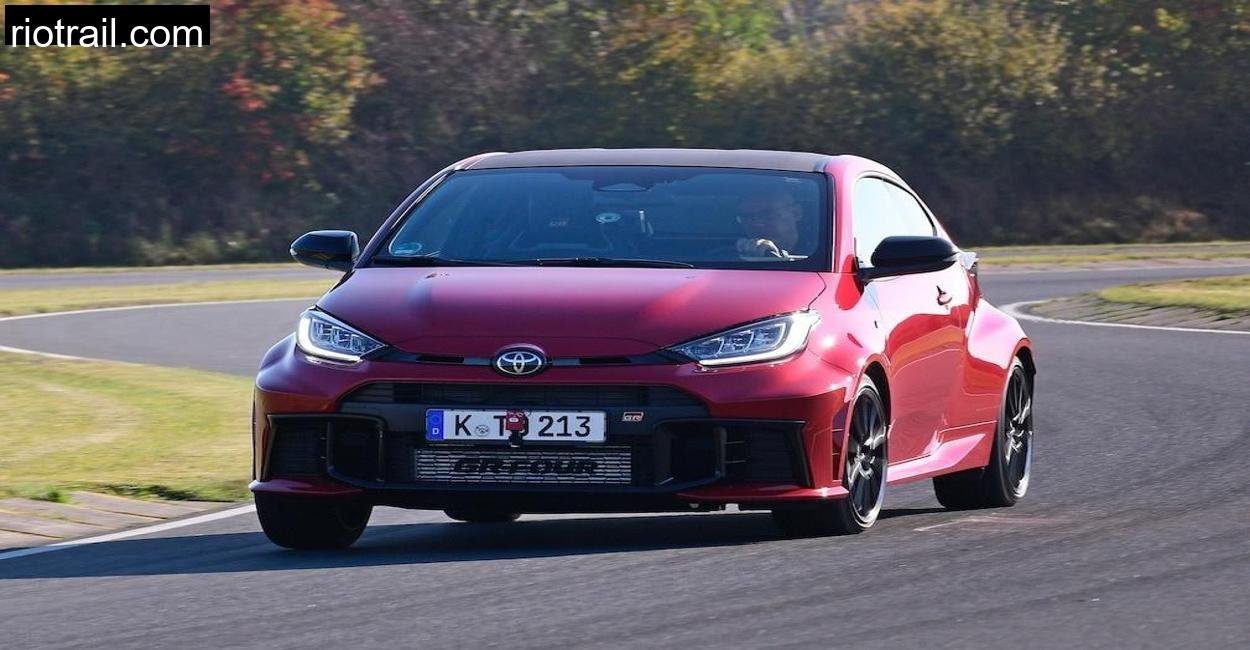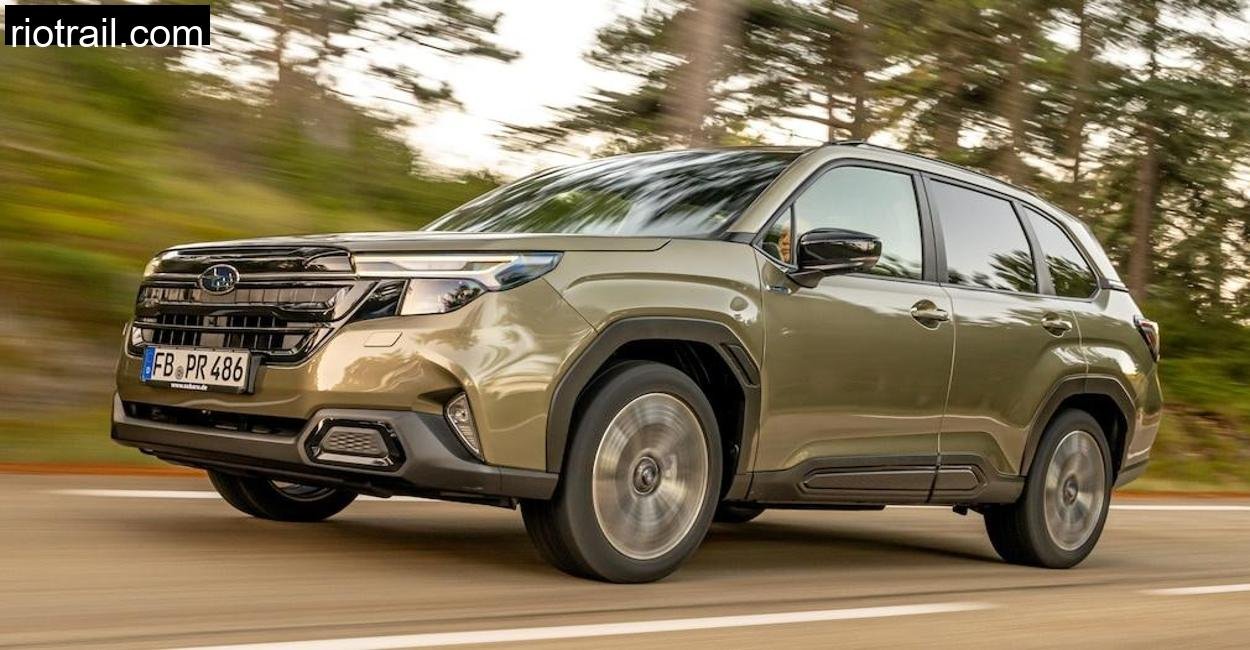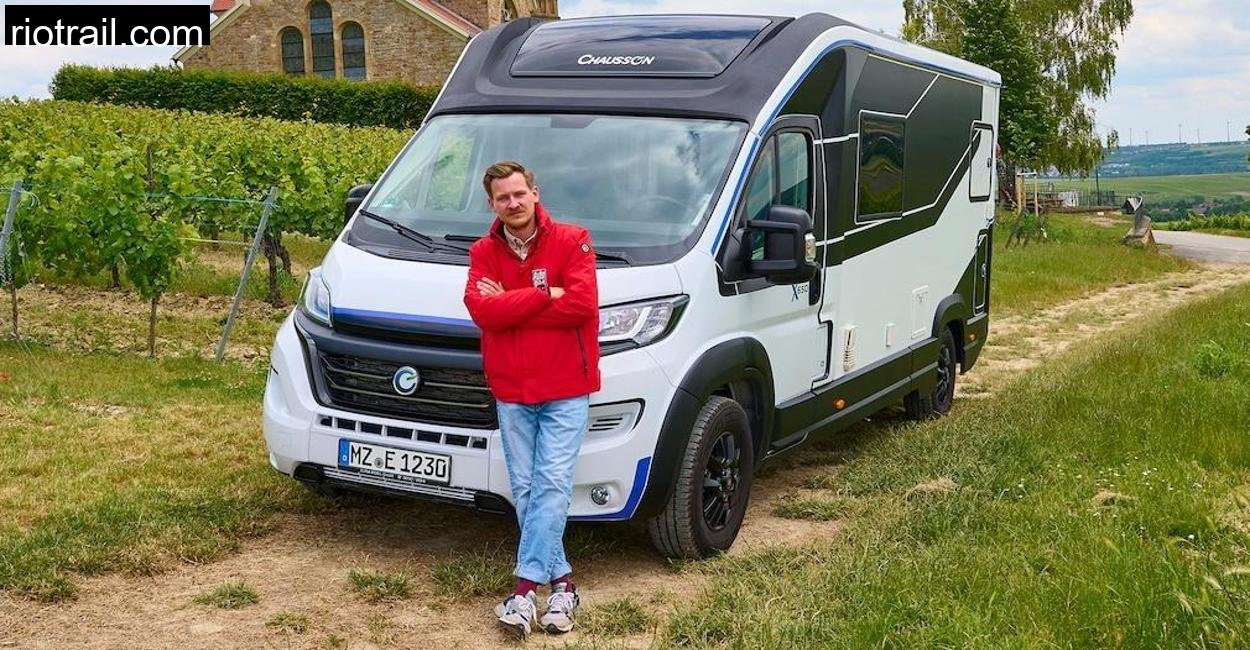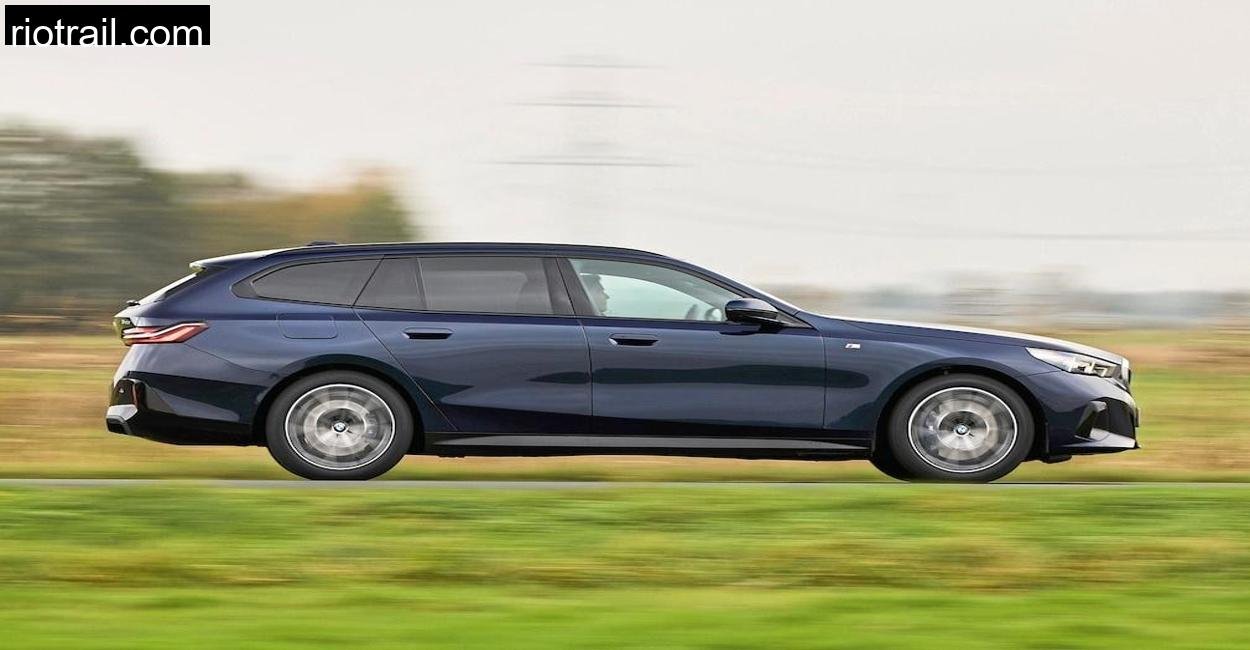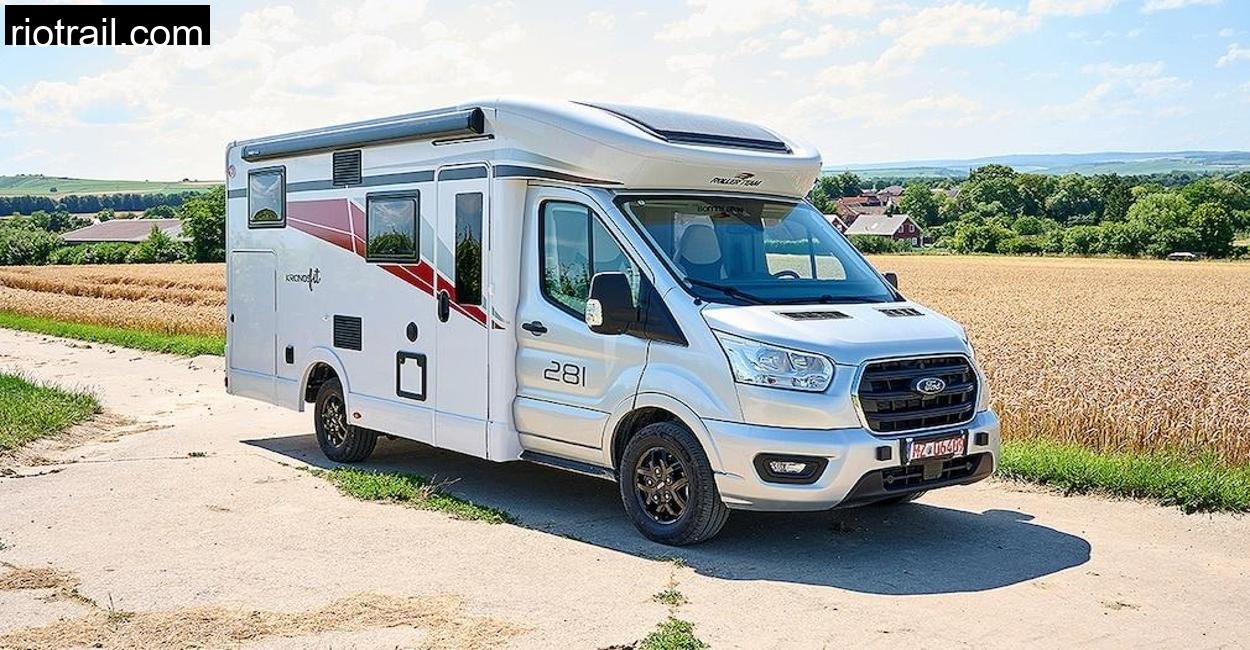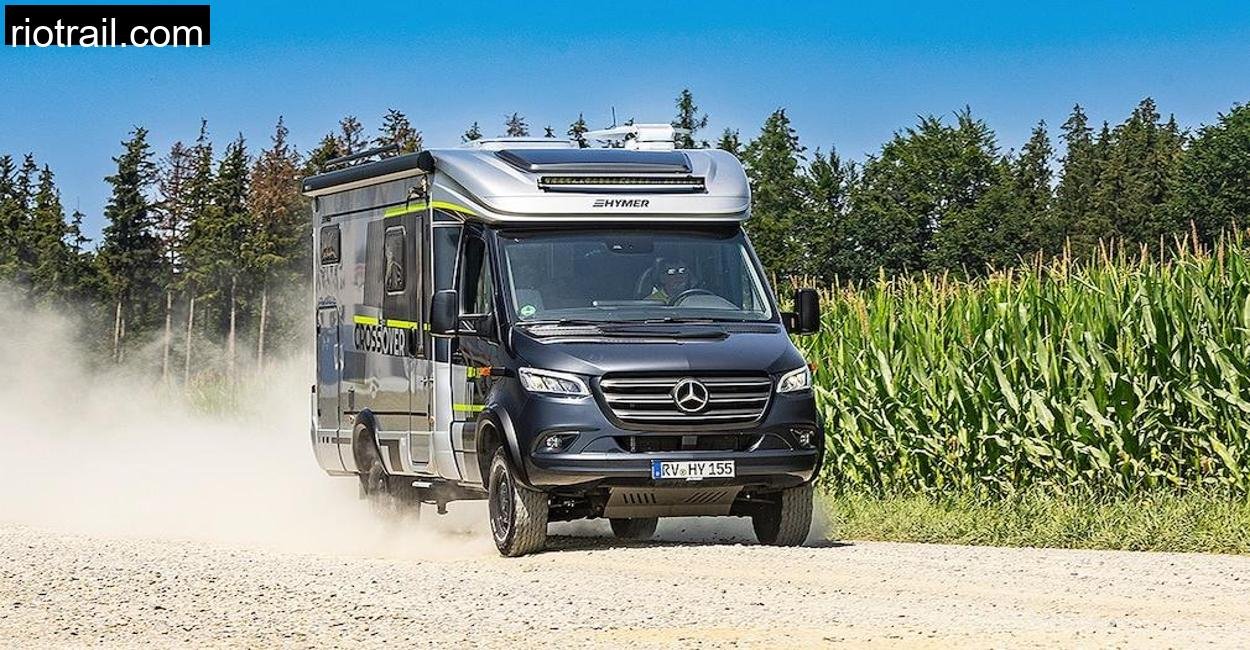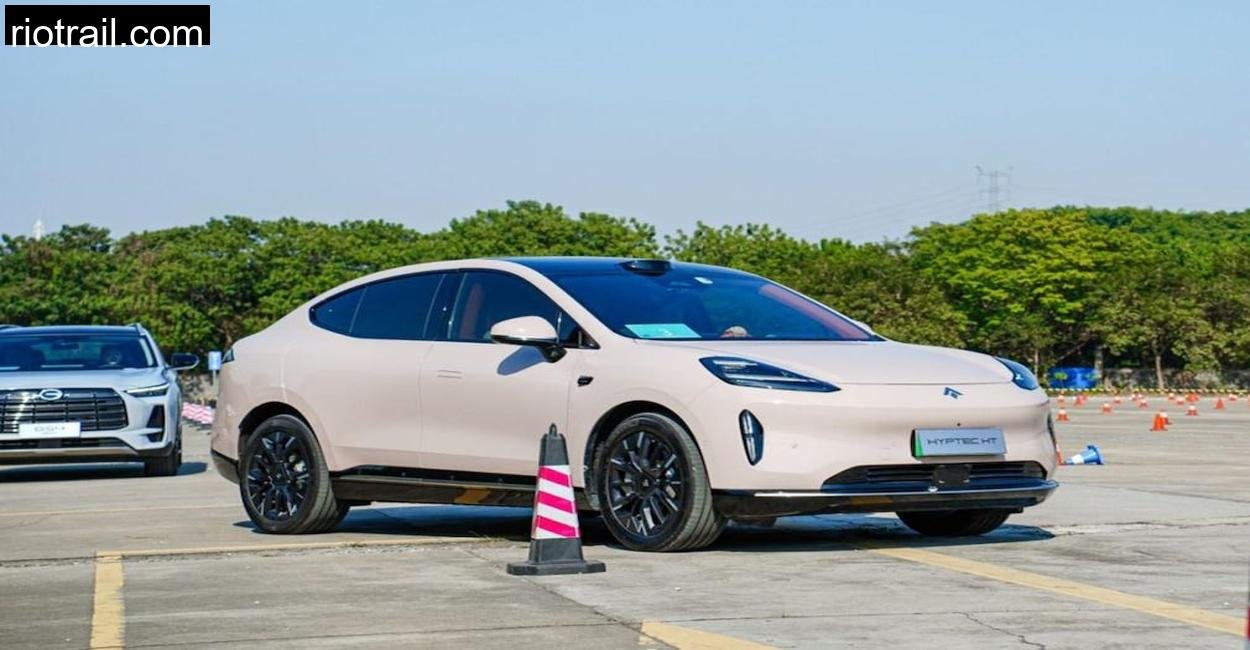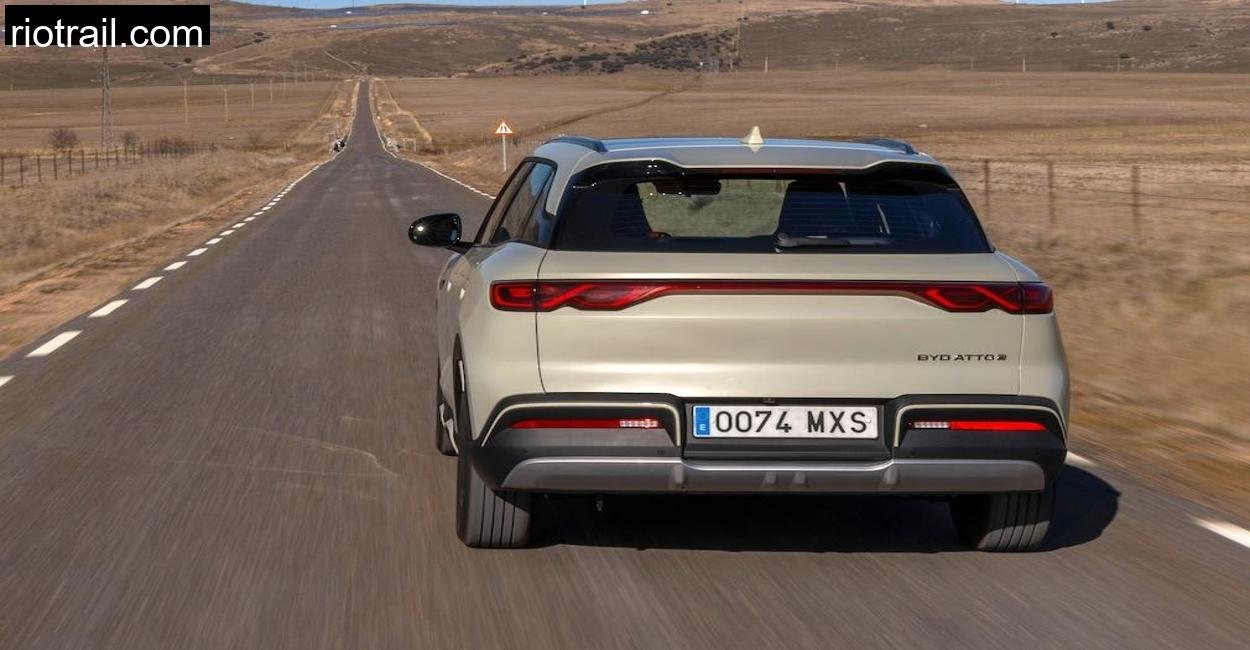There are certain days when driving doesn’t feel like a chore. It doesn’t feel like commuting. It feels like something more primal, an act of connection between you and a machine with one clear purpose: deliver joy. Testing the latest Toyota GR Yaris in the twisting, challenging roads of Germany’s Fischberg region was one of those days.
I had been following the evolution of this little rally-bred beast ever since its first version took enthusiasts and journalists by storm back in 2020. While other manufacturers were running away from small, exciting performance cars, citing emissions targets and costs, Toyota went full throttle in the opposite direction. They built a homologation special: a three-cylinder, turbocharged, lightweight, all-wheel-drive missile.
Now, in 2025, Toyota has doubled down on its commitment to the GR Yaris. The latest revision promises more power, sharper handling, and a more focused driving experience. And what better place to put those claims to the test than the undulating, narrow, and often unpredictable roads around Fischberg, where proper driving skill matters as much as raw speed.
First Impressions: Small in Size, Big in Presence
When I first walked up to the 2025 GR Yaris, it struck me how little of the original Yaris DNA remains. Toyota’s engineers and designers have practically created a different car. Aside from the roof antenna, headlights, and side mirrors, every other body panel is unique to this model.
It squats aggressively on 18-inch wheels wrapped in grippy Michelin Pilot Sport 4S rubber. The carbon fiber roof and aluminum body panels help shave off significant weight, contributing to an impressively low 1,310 kg curb weight. Just standing still, the GR Yaris exudes intent, a machine built with rally stages in mind but ready to take on real-world roads.
I slid into the newly redesigned cockpit and immediately appreciated the lowered seating position, one of the few ergonomic complaints of the previous generation now resolved. The manual six-speed gearbox sat perfectly within reach, the stubby lever promising short, satisfying shifts.
Outside, the morning mist was still rising from the valleys around Fischberg. The roads ahead were narrow, lined with ancient trees and rolling meadows. Perfect conditions to put this hot hatch through its paces.
Engine and Performance: A Three-Cylinder That Punches Hard
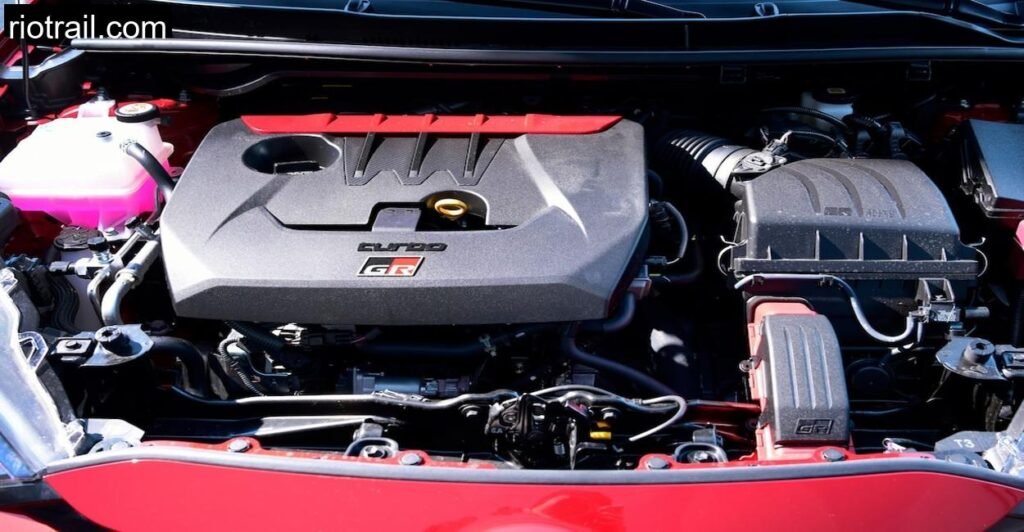
Starting the GR Yaris is an experience in itself. The little 1.6-liter three-cylinder turbocharged engine barks to life with a purposeful thrum, not overly loud, but with enough character to let you know this is no ordinary supermini.
This revised engine now delivers 280 hp and a stout 390 Nm of torque. The turbocharger spools up with urgency, and from as low as 2,000 rpm, there’s meaningful boost. The real fireworks begin past 3,500 rpm, where the engine surges forward with relentless energy.
Driving through Fischberg’s long straights and short, sharp bends, I found the GR Yaris to be a car that thrives on being wrung out. It eggs you on to explore its rev range and rewards you with explosive acceleration. Toyota quotes 0–100 km/h in 5.0 seconds, but in these conditions, with the GR-Four all-wheel-drive system putting down power so effectively, it felt even faster.
The six-speed manual gearbox is a delight. Gear changes are crisp and positive, and the rev-matching feature makes downshifts smooth and confidence-inspiring. I did find the throws a touch longer than I’d like, something easily addressed with aftermarket short-shifter kits, a popular mod among GR Yaris owners.
Handling and Driving Dynamics: Rally Roots Shine Through
The roads around Fischberg are a test of any car’s handling. Tight corners, sudden elevation changes, and unpredictable tarmac patches, this is where a lesser hot hatch would be exposed. The GR Yaris, however, felt completely at home.
Toyota has reworked the suspension with stiffer spring rates, more bonding points for added chassis rigidity, and new front dampers mounted with extra bolts for improved feedback. The result is a car that corners flat and remains composed even when pushed hard.
The GR-Four AWD system is genius in its flexibility. In Normal mode, power is split 60:40 front to rear, offering balanced grip and stability. Switch to Track mode (30:70) and the car becomes tail-happy, allowing for controlled slides and a more engaging experience. On gravel or loose surfaces, Gravel mode (53:47) provides optimal traction.
Through a particularly challenging uphill section near Fischberg’s northern pass, the Yaris displayed its rally DNA. I could feel the AWD system shuffling torque seamlessly, clawing for grip on patches of damp tarmac and gravel-strewn corners. The Michelin tires offered phenomenal bite, and the steering, while not brimming with feedback, was direct and precise.
Braking and Road Holding: Confidence Everywhere
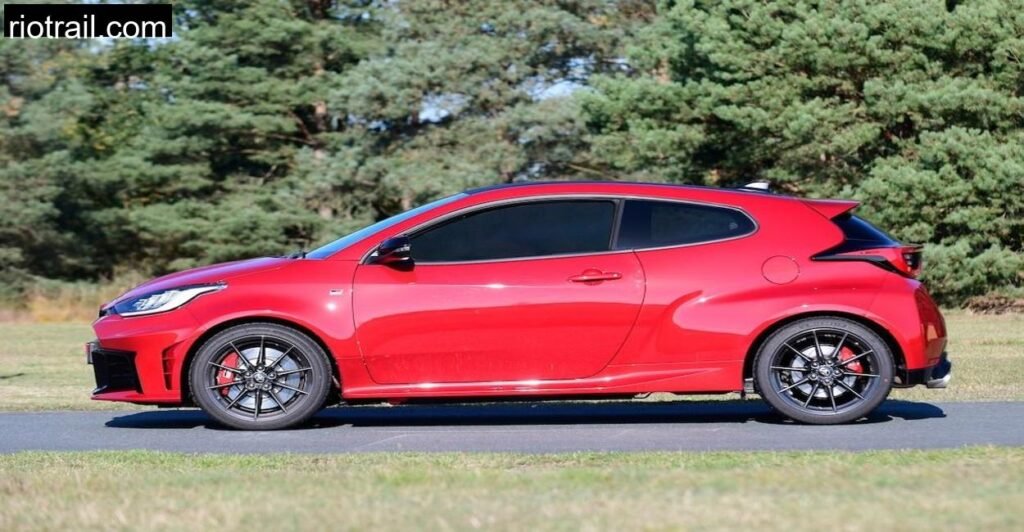
A car this fast needs equally capable brakes, and Toyota has delivered. The ventilated discs front and rear provide excellent stopping power. On my descent from Fischberg peak, where repeated heavy braking was required, there was no noticeable fade.
In controlled tests, the Yaris stops from 100 km/h in just 33.5 meters with warm brakes, a figure that translates into real-world confidence. On the narrow roads where sudden wildlife crossings aren’t uncommon, this is more than just a bragging number.
Equally impressive is how the car rides. Despite the taut suspension setup, the GR Yaris isn’t punishing over imperfect roads. It manages to filter out harshness without losing connection to the surface. Curbs and small bumps are absorbed cleanly, allowing you to maintain pace even when the road turns rough.
Interior and Usability: Driver-Focused but Surprisingly Practical
Inside, Toyota has done more than just tweak the driving position. The entire dashboard is redesigned, controls are better placed, and visibility, especially upwards, has improved.
The instrument cluster is clear and simple, with a central tachometer and easily readable digital speed readout. Driving mode selection is intuitive, and all the tactile controls fall to hand naturally.
As for daily usability, the GR Yaris is more versatile than you might think. The boot isn’t huge, ranging from 50 to 174 litres, but it’s adequate for weekend trips or a track day kit. Rear seating is tight, unsurprisingly, but for two adults up front, the car is perfectly comfortable even on longer drives.
Fuel consumption is always a consideration in cars like this. Toyota quotes 8.3 l/100 km combined, but during my spirited 155 km test loop through Fischberg, the average was closer to 9.3 l/100 km, entirely reasonable given the level of performance on tap.
Technical Specifications: Toyota GR Yaris
All tech info comes right from Toyota’s official site so it’s accurate and trustworthy.
| Specification | Detail |
| Engine Type | 1.6L turbocharged three-cylinder |
| Power | 280 hp @ 6,500 rpm |
| Torque | 390 Nm @ 3,250 rpm |
| Drivetrain | All-wheel drive (GR-Four) |
| Transmission | 6-speed manual |
| 0–100 km/h | 5.0 seconds |
| Top Speed | 230 km/h |
| Kerb Weight | 1,310 kg |
| Suspension (Front/Rear) | MacPherson strut / Multi-link |
| Brakes | Ventilated discs front and rear |
| Tire Size | 225/40 R18 |
| Fuel Tank Capacity | 50 litres |
| Boot Capacity | 50–174 litres |
| Dimensions (L x W x H) | 3,995 x 2,020* x 1,455 mm |
| Wheelbase | 2,560 mm |
| CO2 Emissions | 197 g/km (WLTP) |
| Combined Fuel Consumption | 8.3 l/100 km (WLTP) |
| Base Price (Germany) | €47,490 |
| Test Car Price | €50,490 |
Conclusion: Rally Car for the Road,With Real-World Versatility
As I parked the GR Yaris back in Fischberg village square after a full day of driving, I had one clear thought: cars like this shouldn’t exist, but I’m so glad they do.
Toyota’s willingness to invest in such a niche product, in an era where electrification and autonomy dominate the conversation, is refreshing. And the fact that the latest GR Yaris is not just an homage to rallying but an exceptional road car makes it even more special.
It’s fast, engaging, and practical enough to live with daily if you so choose. At €47,490, it isn’t cheap, but considering the engineering and uniqueness on offer, it represents strong value.
For those wanting rawer thrills, the GR Yaris offers a more visceral experience than many bigger, heavier hot hatches. And for drivers like me, those who believe that cars should be driven, not just transported in, the roads around Fischberg proved that this little machine delivers exactly what it promises: joy, every single time you get behind the wheel.
How does the Toyota GR Yaris compare to larger hot hatches like the VW Golf R or Hyundai i30 N?
The GR Yaris is more compact and focused. While it lacks some of the everyday versatility of larger hatches, it offers superior handling and a purer driving experience, especially on tight, technical roads.
How does fuel consumption in Toyota GR Yaris compare in real-world driving?
In spirited driving, expect around 9.3 l/100 km. Gentle motorway cruising will return closer to the official 8.3 l/100 km figure.
What are the key changes in the 2025 version of Toyota GR Yaris?
More power (280 hp), improved rigidity, revised suspension, better driving position, and updated interior design, all contributing to an even more compelling driver’s car.
